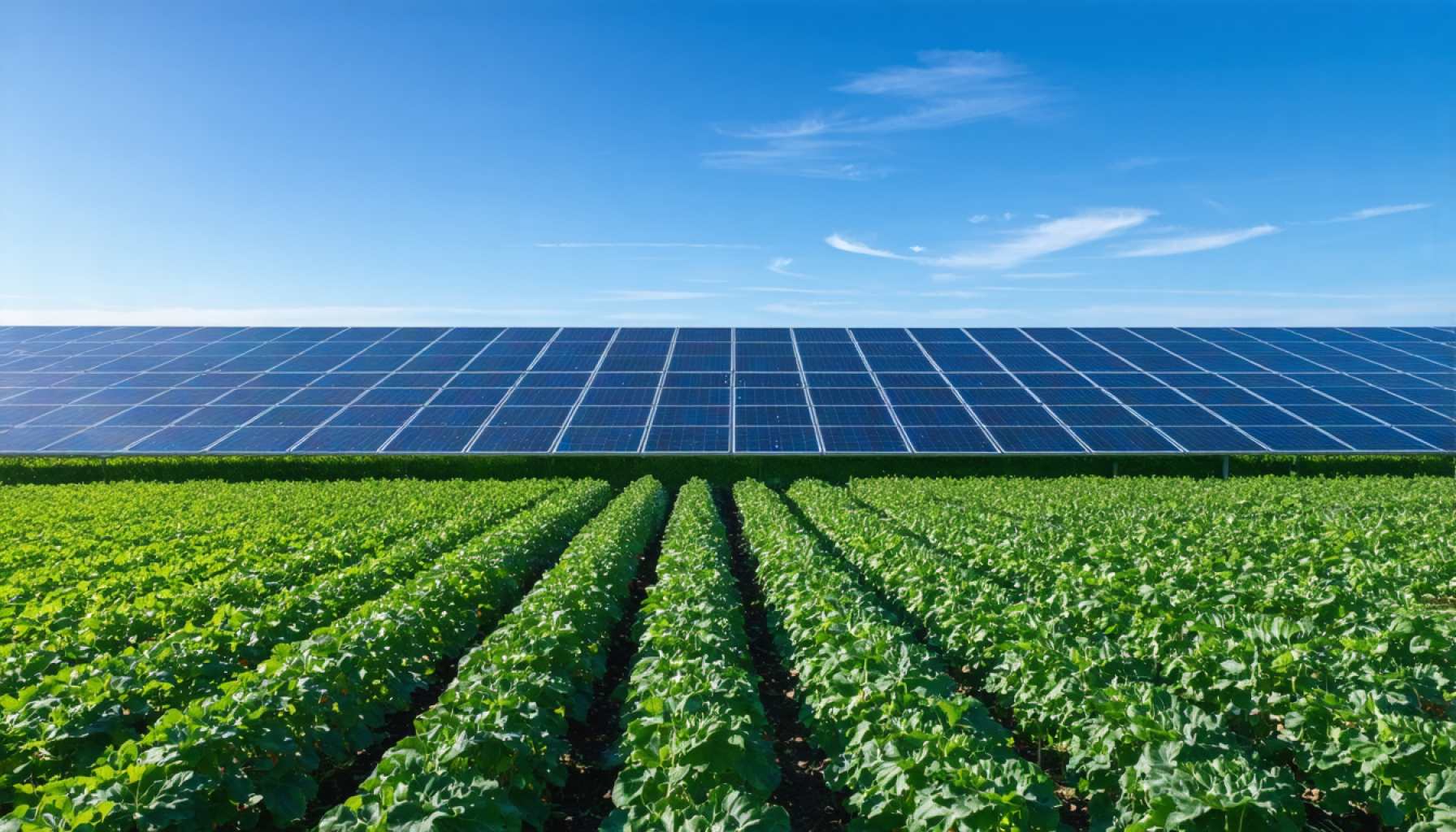- The green energy asset management market is central to the shift towards sustainable energy, managing assets like solar farms and wind-turbine parks globally.
- Key players such as Invenergy LLC, Ørsted A/S, and Siemens Gamesa optimize their energy output through advanced asset management strategies.
- Technology plays a crucial role, with predictive maintenance and performance monitoring enhancing asset resilience and efficiency.
- The market is expanding, driven by technological advances and favorable international policies, with significant growth expected from 2025 to 2032.
- Challenges include adapting regulatory frameworks to match the fast pace of technological change and navigating market forces and geopolitical uncertainties.
- Understanding green energy asset management is essential for stakeholders to thrive and lead the push towards a sustainable future.
A new force is orchestrating the electric symphony of the 21st century. With the global pivot towards sustainable energy, the green energy asset management market stands as the modern maestro, its baton crafting the rhythm and harmony of renewable power infrastructures worldwide. As countries and corporations sprint towards decarbonization, understanding this market—stretching from wind-turbine parks to solar farms—holds the key to navigating the green transformation.
Picture sprawling fields of solar panels gleaming under the sun, or towering wind turbines, their blades slicing the sky with elegance. These assets, at once majestic and utilitarian, represent more than just technological feats; they embody investments ripe for meticulous management. Bridging the needs for efficiency and profitability, market leaders like Invenergy LLC, Ørsted A/S, and Siemens Gamesa leverage forward-thinking asset management strategies to optimize energy output while minimizing operational costs.
At the heart of this industry is the marriage of technology and foresight. Through comprehensive data analytics, managers predict maintenance needs, balance performance, and anticipate energy demands. Predictive maintenance and performance monitoring redefine asset resilience, ensuring both longevity and reliability. Thus, as our reliance on renewable energies intensifies, so does the sophistication of management approaches, setting a high bar for innovation in asset performance.
The global market, a tapestry woven from the dynamic threads of North America, Europe, and the burgeoning Asia-Pacific sectors, offers fertile ground for growth. From 2025 to 2032, projections signal an upswing in both scale and intricacy. Factors propelling this growth include technological breakthroughs and favorable international policies, which steadfastly steer investments into green assets.
However, amidst the optimism, challenges loom. The industry’s rapid pace tests the old regulatory frameworks, demanding agile policies that match the momentum of technological advancement. Stakeholders must navigate the intricate dance of market forces, pricing challenges, and geopolitical uncertainties, all while upholding sustainable practices.
For enthusiasts and investors alike, the takeaway is unambiguous: understanding the nuances of green energy asset management is pivotal. Empowered by insights and strategic precision, stakeholders can not only thrive amidst the shifting tides of global energy demand but also become pioneers in choreographing a more sustainable future.
In a world where sustainability is no longer an ideal but an imperative, green energy asset management is not just a market—it’s a vision for what our world can be.
Unlocking the Potential of Green Energy Asset Management: Strategies for Success
Introduction
The green energy asset management market is increasingly crucial as the world gears towards sustainability. As countries commit to decarbonization, smart management of renewable energy resources—ranging from vast solar farms to wind turbine parks—becomes essential. Here, the role of companies like Invenergy LLC, Ørsted A/S, and Siemens Gamesa in leveraging cutting-edge asset management to optimize energy production while curbing costs cannot be overstated.
How Technology Shapes Green Energy Asset Management
Predictive Maintenance and Performance Monitoring
Predictive maintenance and performance monitoring are at the forefront, ensuring asset reliability and efficiency. Through data analytics, energy managers can forecast maintenance needs, thus reducing downtime and prolonging asset life cycles. For example, sensors on wind turbines can preemptively signal wear and tear, allowing proactive interventions rather than reactive repairs.
Technological Innovations
Recent technological advancements have brought the following improvements:
– AI and Machine Learning: These technologies enhance predictive models, improving maintenance scheduling and operational efficiency.
– IoT Integration: Internet of Things (IoT) devices provide real-time data monitoring, crucial for immediate response to performance issues.
Market Trends and Forecasts
The green energy asset management market is set for substantial growth from 2025 to 2032. According to recent forecasts, the industry will experience expansion primarily in North America, Europe, and the Asia-Pacific due to technological advancements and supportive government policies. Policymakers are likely to introduce more favorable incentives to attract investments and transition smoothly towards renewable energy.
Potential Challenges
Despite its bright future, the sector faces several hurdles:
– Regulatory Barriers: Existing frameworks sometimes lag behind the rapid technological evolution, necessitating updated regulations that ensure sustainable practices.
– Geopolitical Factors: Global political dynamics can influence market stability and investment flows, requiring stakeholders to be adaptable and informed.
– Pricing Challenges: Fluctuating energy prices can complicate financial projections and influence market strategies.
Practical Steps to Join the Green Energy Revolution
1. Invest in Technology: Prioritize AI and IoT solutions to enhance asset management efficiency.
2. Stay Informed: Regularly review policy updates and market trends to adapt strategies accordingly.
3. Collaborate with Industry Leaders: Partnership with experienced firms like Ørsted A/S or Siemens Gamesa can offer insights and guidance.
4. Focus on Sustainability: Implement practices that not only boost profitability but also support environmental stewardship.
Conclusion and Quick Tips
– To maximize returns, stakeholders should focus on integrating advanced technologies and fostering collaborations.
– Keep abreast of policy changes and technological trends to stay competitive and sustainable.
For more insights into investing in green technologies, visiting the official websites of key market players like Invenergy or Ørsted is a strategic step.
Embrace these strategies to not only thrive in the burgeoning green energy market but also to lead the charge in building a more sustainable tomorrow.
